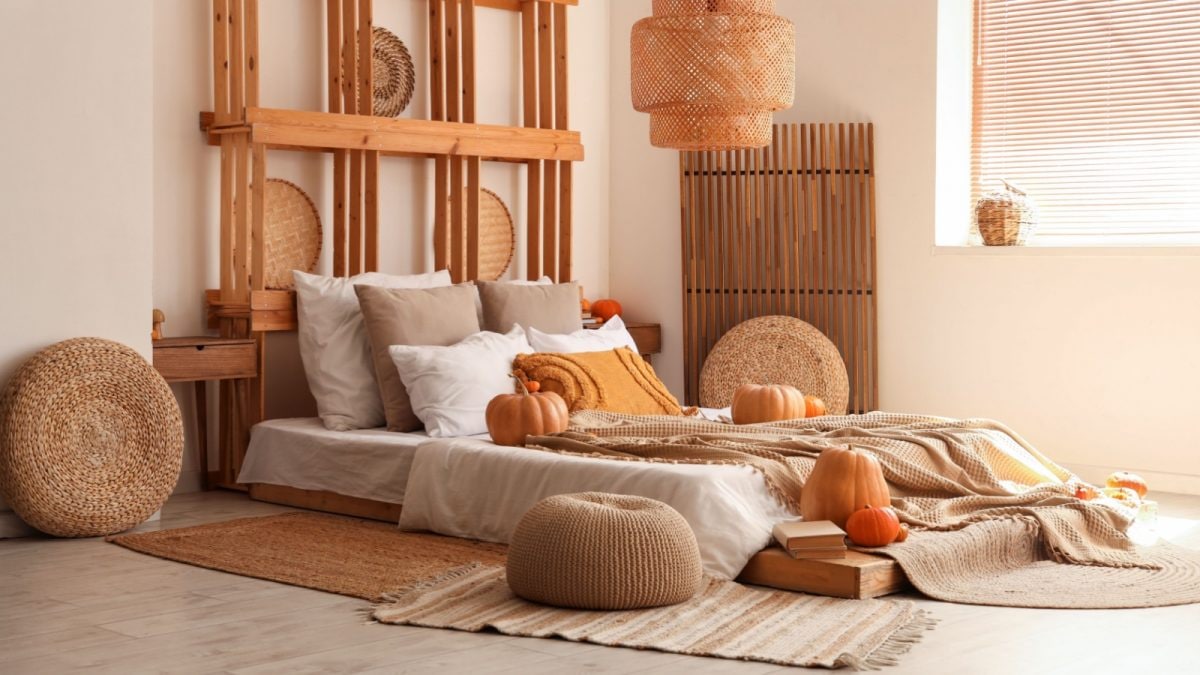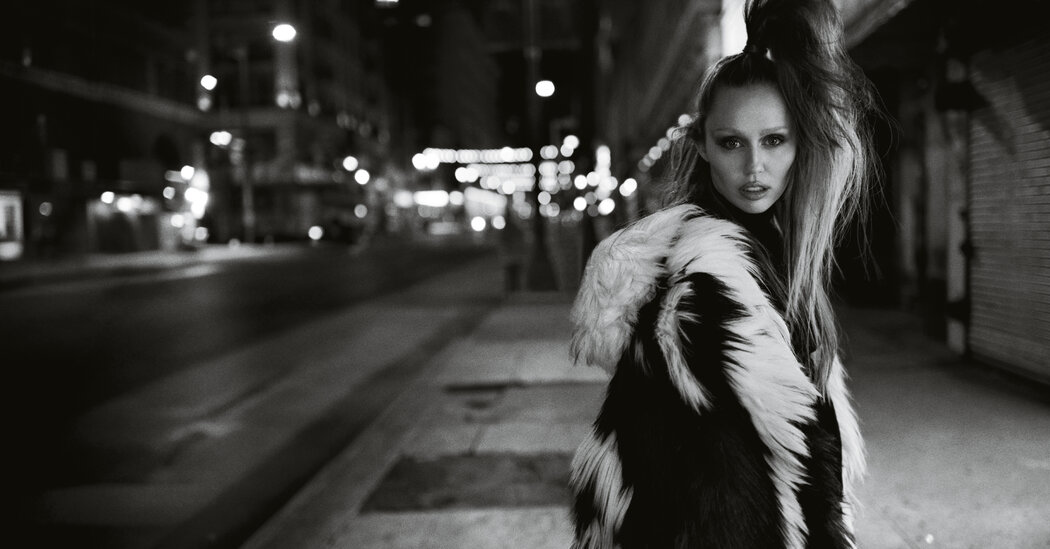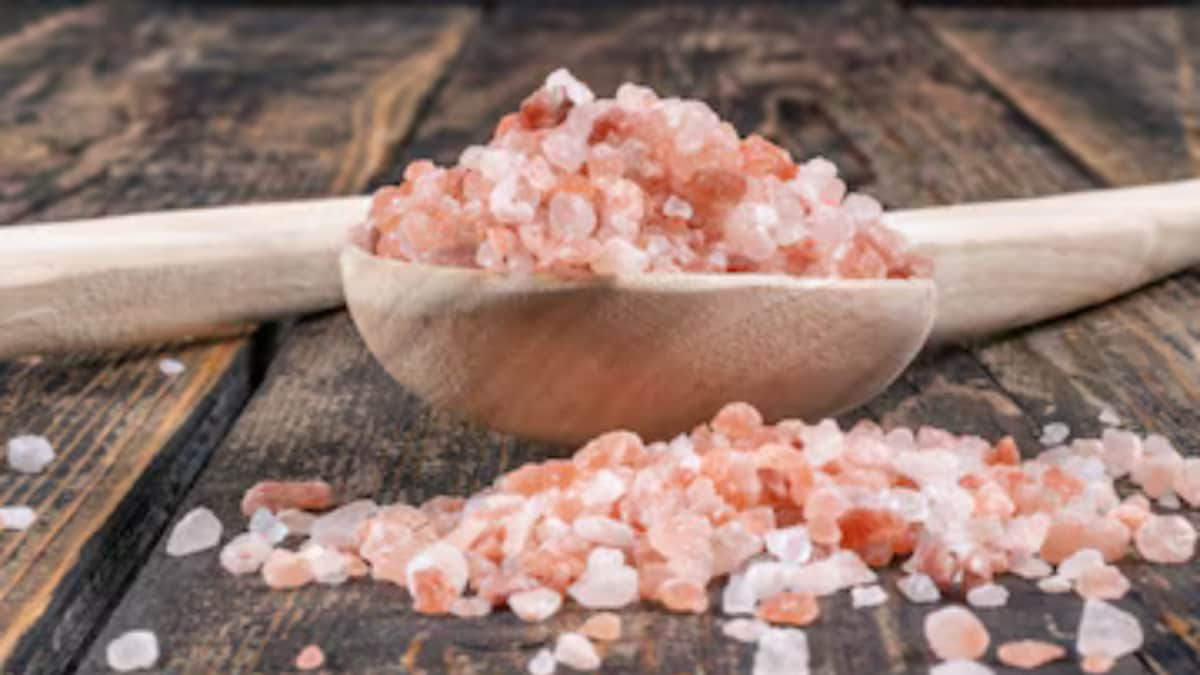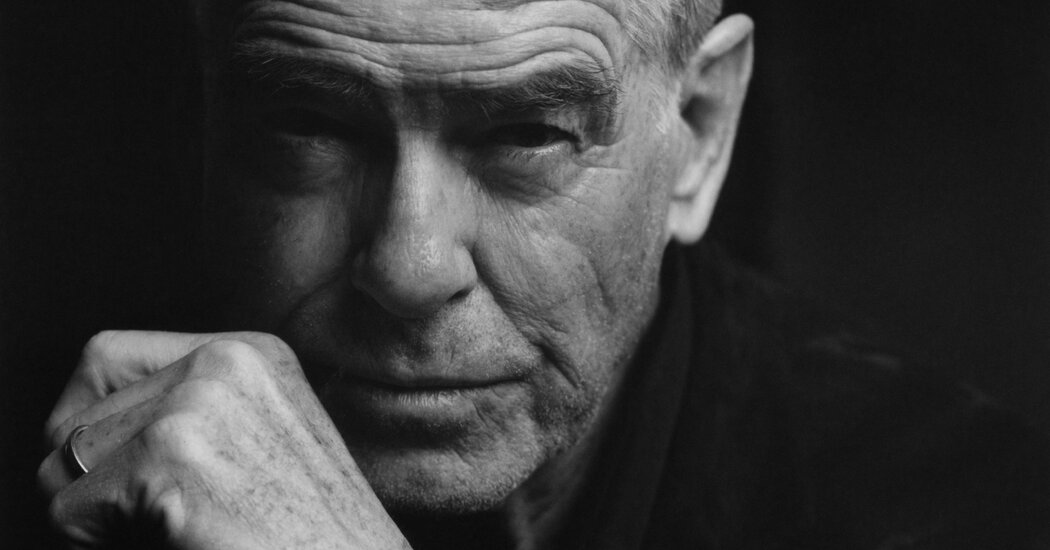
From Flat to Fabulous: Why Texture is the Future of Interior Design – News18
Last Updated:
Whether through the rustic charm of natural stone, the inviting warmth of wood, or the delicate intricacy of woven fabrics, textures create a sense of discovery and belonging
Beyond walls, texture is being layered across furniture, fabrics, and decorative accents to add depth and dimension to interiors
In the evolving world of interior design, the focus is shifting from stark minimalism to rich, layered spaces that engage the senses and evoke emotion. Texture, often an unsung hero, is emerging as a crucial element in transforming spaces from flat and impersonal to warm, dynamic, and deeply experiential. By embracing the interplay of natural materials, handcrafted elements, and tactile surfaces, designers are crafting interiors that tell stories, evoke memories, and enhance well-being.
The Narrative of Texture in Indian Design
India’s cultural richness is woven into every aspect of life—from language and cuisine to craft and tradition. This complexity creates an innate depth that can be translated into design. Vandana Dhawan Saxena, Founder and Design Principal, Studio IV Designs, believes that texture plays a key role in bringing these stories to life.
“At Studio IV Designs, we aim to create a clear narrative through this complexity. Textures and layers provide personality to interiors, making users pause and appreciate a space’s unique character. When thoughtfully combined, they tell stories of belonging, reflecting a sense of culture and history that resonates with the human experience,” she explains.
Nature, with its endless variety, inspires this approach. Unlike minimalist, repetitive surfaces, nature is inherently rich with textures, offering warmth and authenticity. “The addition of solid wood instantly connects a space to nature, fostering a sense of well-being. Sandstone, tied to the local soil of a region, evokes memories of being outdoors. Fabrics, cushions, and art, when layered thoughtfully, celebrate craftsmanship and handloom heritage, adding depth, color, and storytelling to a space. A dash of metal can elevate the aesthetic, bringing in an understated sense of luxury,” adds Saxena.
By layering different materials, designers create interiors that feel not only visually compelling but also emotionally grounding, making spaces more inviting and alive.
A Sensory Shift in Interior Design
For decades, interior design has been dominated by smooth, polished surfaces that prioritize sleekness over sensory engagement. However, as the understanding of holistic well-being deepens, designers are now reevaluating how texture influences our psychological and emotional connection to spaces.
Kuntal Vyas Aggarwal, Founder and Design Head, Resaiki Interiors and Architecture Design Studio, sees texture as an essential tool in shaping modern interiors. “Texture engages more than just the eye; it appeals to touch, enhances acoustics, and shapes the way we experience a space on a subconscious level. The use of textured surfaces in interior design can evoke feelings of warmth, comfort, and security,” she says.
This transformation is particularly evident in architectural elements like walls, which are no longer seen as mere backdrops but as integral design features. “In transition spaces like staircases and entryways, textures create an inviting and timeless aesthetic. Textured paints, such as lime wash, are gaining popularity for their organic, natural look and functionality. Unlike traditional smooth finishes, lime wash is durable, resistant to smudges and fingerprints, and ages beautifully over time. This makes it an ideal choice for high-traffic areas where aesthetics and longevity matter,” elaborates Aggarwal.
Beyond walls, texture is being layered across furniture, fabrics, and decorative accents to add depth and dimension to interiors. “Layering materials like wood, linen, and jute in upholstery, rugs, and table surfaces not only enhances warmth but also influences how we interact with a space. Soft, plush textures provide a sense of comfort, while raw, natural finishes create a grounding effect,” she notes.
The Future of Design: A Multi-Sensory Experience
As interior design continues to evolve, texture is proving to be more than just a visual enhancement—it is a tool that creates deeply immersive environments. The ability to transform flat, lifeless spaces into dynamic, character-rich interiors is what sets forward-thinking designers apart.
Aggarwal emphasizes, “The future of design is not just about how a space looks but how it makes us feel.” This philosophy is increasingly driving the industry towards spaces that not only appeal to the eyes but also invite touch, evoke nostalgia, and provide a sensory retreat from the outside world.
Incorporating textures into design is no longer an afterthought but a fundamental principle shaping modern interiors. Whether through the rustic charm of natural stone, the inviting warmth of wood, or the delicate intricacy of woven fabrics, textures create a sense of discovery and belonging. By embracing texture, designers are crafting spaces that feel authentic, grounded, and undeniably alive.










